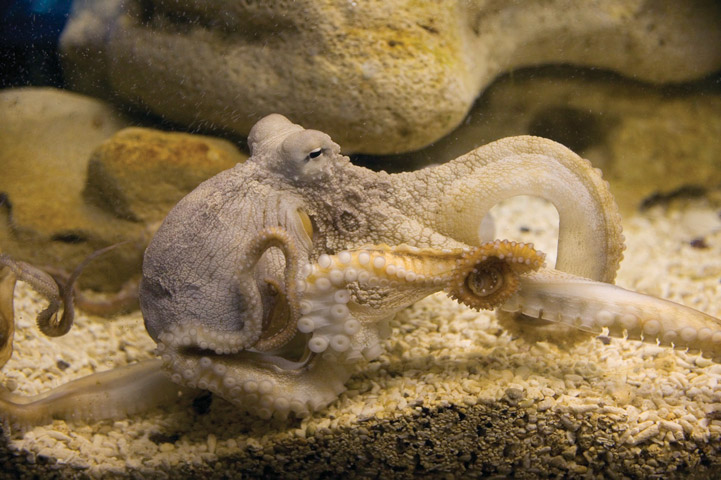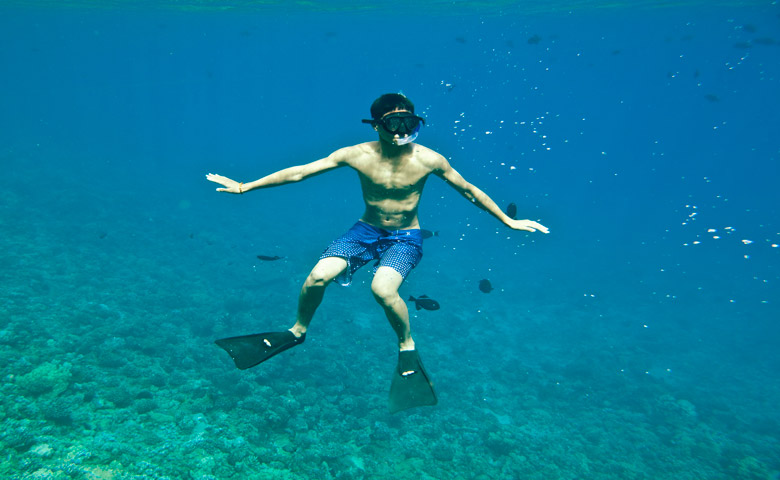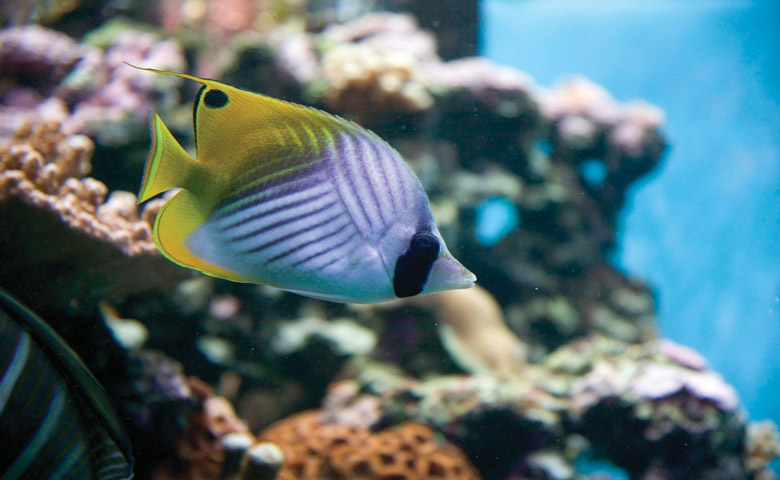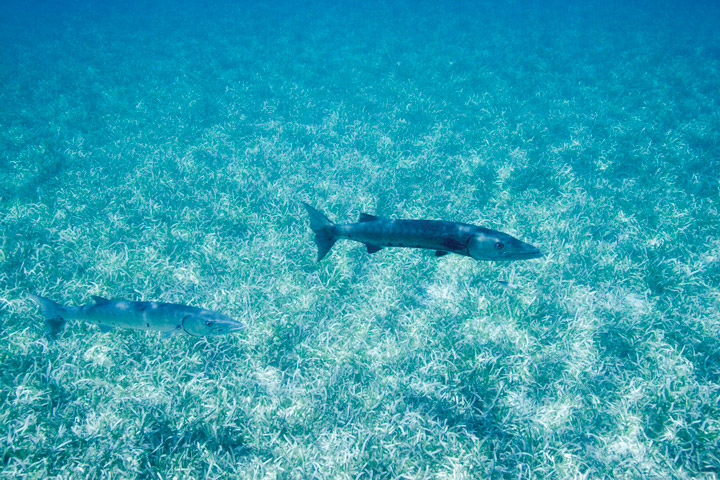If you’re still lucky enough to have a holiday by the sea booked before the end of summer, then why not try underwater photography.
We at Snapfish have created some useful tips that will help you take some great underwater snaps!
Tip 1: Correct equipment: First and foremost you will need an underwater camera – there is no need to worry though as reasonable models can be bought at an affordable price. The benefit of buying an underwater camera is that these cameras don’t just work in the water, but they can also be used to take pictures of the exotic destinations you may visit.
Furthermore, you should watch out for the following features of the camera: playback should present colours correctly with good contrast and sharpness. The camera should be watertight up until the diving depth – optical zoom and an image stabiliser are equally as important in order to be ready for decreasing quality of lighting conditions that prevail in deep water. If you do not have goggles on hand, we would recommend a large display; alternatively there are watertight cases for some more costly cameras – these allow you to dive into the world of underwater photography with your already existing camera at hand.
Tip 2. Preparation is the key to success: Make sure you familiarise yourself with your camera before taking it underwater! It is essential that you can operate your camera without any issues – make a mental note where each button is and what it does. Most underwater cameras have a function that adjusts shutter speed, ISO-sensitivity and white balance – this serves as a very practical measure for new budding underwater photographers.
Tip 3. Practice, practice, practice: Before taking your camera into the sea, practice in an “artificial” surrounding, such as a swimming pool. Here you are presented with good shooting conditions so aim for an object and practice. You can practice photographing from various perspectives or test out the flash function.
Tip 4. The best time of day for underwater photography: Sufficient lighting is a major factor into determining the quality of the photos. You will find favourable lighting conditions relatively close to the water surface, with conditions getting darker after only a few yards. The flash function can be used in darker conditions, however bear in mind it may scare off underwater life. Ideally take your photos between 10am – 2pm when the sun’s rays vertically reach the water surface.
Tip 5. Alone with the fishes: Underwater photographs are most effective when the camera lens is either on the same level as the photographer or just underneath the subject. Although photographs taken from above, looking down can lead to nice images, the sharpness of the image is likely to be affected negatively. It is also important to avoid rapid movements when dealing with sea life.
Tip 6. Looking after your underwater camera: The rubber seal by the memory card and the battery compartment must be cleared of all sand grains to keep the camera water tight. After taking photos in the sea, we would recommend rinsing the camera using fresh water to prevent remaining salt crystals damaging the image quality. Salt crystals are dangerous for the camera, as they can not only scratch the sensitive screen display but can also damage the button functions. Remove sun cream residue with a towel to prevent it smearing on the camera’s buttons.
After the holiday, when you are scrolling through your images you will no doubt be reminded of your incredible holiday– but how would you showcase them the best? How about a set of mugs that would feature photographs of your dive? With the Snapfish photo mugs, you now have the opportunity to give your crockery a maritime touch, which will remind you each time how it felt to float between jellyfish, fish and sea anemones.
What did you create on Snapfish? Share it with us on social media! You can tag us with @snapfishuk in your photos on Instagram or Facebook or use the hashtag #snapfishuk. Don’t forget to follow us on YouTube, Twitter and Pinterest, too. We love seeing what you create.




